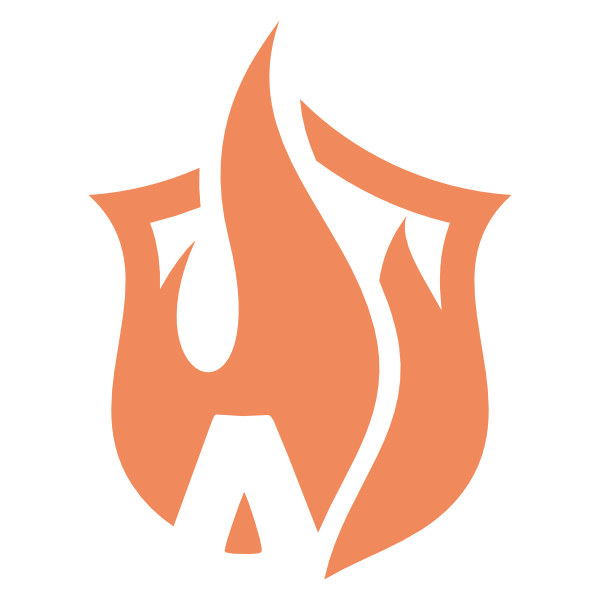Third Time's the Charm: Why 131 Main Never Reopened After Repeated Fires
Mon Sep 15 2025
Three fires in six years, all starting in kitchen vents. How wood-fired cooking and maintenance failures killed a Charlotte favorite permanently.
Charlotte, NC (April 1, 2016) – When the kitchen ductwork at 131 Main turned into a blowtorch for the third time in six years, the popular Dilworth restaurant’s owners faced a harsh reality: some patterns are too dangerous to continue.
The final fire was the most dramatic yet – a three-alarm blaze that filled apartments above with smoke, injured two firefighters, and caused an estimated $250,000 in damage. After fires in 2010, 2012, and this devastating 2016 incident, the owners made the painful decision: 131 Main would never reopen at that location.
When Fire Becomes a Pattern
What kept going wrong? The Charlotte Fire Chief noted each fire started in ductwork running from the restaurant to the roof. For a restaurant known for its hickory wood grill, this pattern points to specific hazards that NFPA 96 addresses for solid-fuel cooking operations.
The Wood-Fired Cooking Challenge
Unlike gas or electric appliances, wood-fired cooking creates unique fire risks:
- Glowing embers that can travel up ducts
- Creosote buildup from wood combustion
- Higher grease temperatures from open flame cooking
- Spark and ember generation during normal operation
Missing Safety Measures
The repeated fires suggest several NFPA 96 requirements may not have been properly implemented:
1. Spark Arrestor Devices
Solid-fuel cooking operations must have spark arrestors to trap burning embers before they enter the grease removal system. Without these, a glowing ember from the hickory grill could easily ignite greasy residue.
2. Enhanced Cleaning Schedule
Wood and charcoal cooking typically requires monthly cleaning due to the combination of soot and grease. The 6-year pattern suggests cleaning schedules may not have matched the risk level.
3. Complete Duct Access
In an older multi-level building, ensuring all ductwork sections are accessible for cleaning becomes critical. NFPA 96 requires access panels at least every 12 feet of horizontal run.
The Cost of Repeated Failures
Each fire at 131 Main escalated:
- 2010: Initial warning - vent system fire
- 2012: Second incident - pattern emerging
- 2016: Three-alarm disaster - apartments evacuated, firefighters injured
The progression shows how unresolved safety issues compound. What started as manageable incidents eventually became an uninsurable, untenantable situation.
Why Insurance and Landlords Say “No More”
After three fires, 131 Main faced the business reality that fire safety professionals know well:
- Insurance premiums skyrocket or coverage gets dropped
- Landlords refuse lease renewals for high-risk tenants
- Regulatory scrutiny intensifies with each incident
- Public perception shifts from “unlucky” to “unsafe”
The NFPA 96 Solution for Solid-Fuel Cooking
Restaurants using wood, charcoal, or other solid fuels need enhanced protection:
- Listed spark arrestor devices installed before grease filters
- Monthly cleaning schedules minimum for daily operations
- Complete system accessibility for thorough maintenance
- Higher clearances - minimum 4 feet above cooking surface
- Enhanced fire suppression systems designed for solid-fuel risks
Lessons for Wood-Fired Operations
131 Main’s closure demonstrates that fire safety isn’t just about compliance – it’s about business survival. You might survive one fire, maybe two, but eventually:
- Insurance companies demand answers
- Landlords seek safer tenants
- Regulators increase oversight
- Community confidence erodes
The wood-fired cooking that made 131 Main special also created the enhanced fire risk that ultimately closed it.
Don’t Let Patterns Develop
If you operate solid-fuel cooking:
- Install proper spark arrestors immediately
- Implement monthly cleaning regardless of apparent need
- Document everything for insurance and regulatory compliance
- Upgrade older systems to meet current NFPA 96 standards
Remember: The first fire might be seen as an accident. The second raises questions. The third ends your business.
← Previous: The Hanes Mall Fire That Shut Down TGI Friday’s
Next in Series: Fast Food, Slow Safety: The Checkers Drive-In Disaster →
Coming next: How a $30,000 fire at a Wilmington Checkers proves that even fast-food operations can’t afford to cut corners on kitchen safety.
